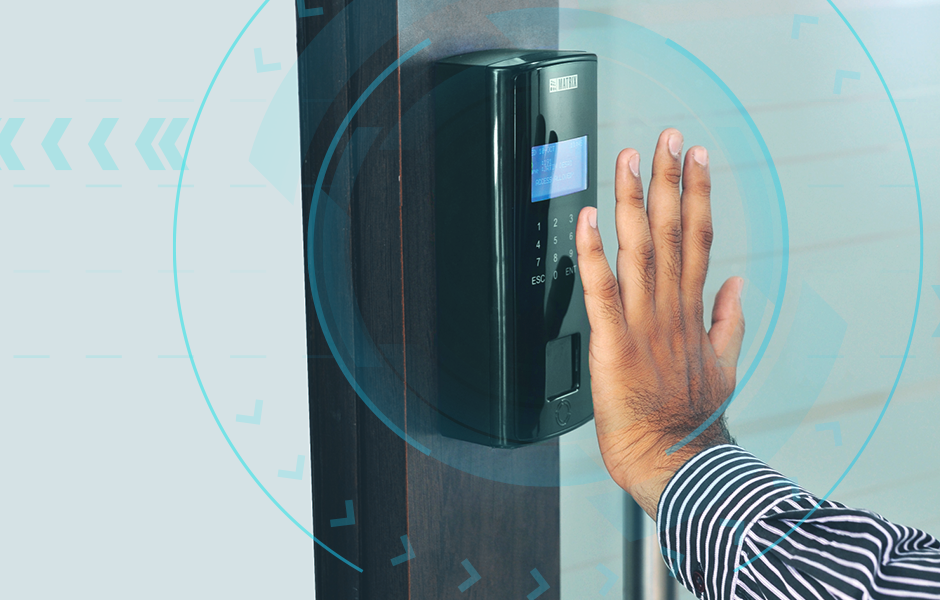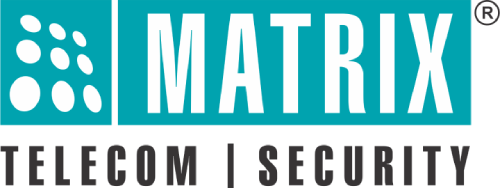
An Introduction – Trends and Technologies in Biometrics
With security playing a pivotal role in any organization, biometric attendance products have effortlessly paved their way to the list of “must-have”.
Start-up companies or large technology firms, leveraging the use of biometrics in their premises is clearly the simplest way to ensure the security or maintain an efficient Time-attendance practice. Modern-day industries understand the need for an efficient security system because they value their resources.
These sources may be worth a fortune in the future. Thus, implementing a fool-proof biometric system is more than just a necessity. This perception has led to a whopping rise in the biometrics market.
User adoption of biometrics is an increasing trend. On the other hand, Organizations are keen on installing security systems wherever they can, to safeguard their businesses. Primarily, because it makes the whole process quicker than ever, chucking out the age-old PIN or RFID systems!
Talking in terms of the end result — identification – the time consumed would be more or less the same. Ultimately, it comes down to the value addition these security systems add to your organizations.
When it comes to counting the number, fingerprint and facial recognition devices are prominent in the market. There are quite a few industries that demand high-end security solutions for obvious reasons. For these industries, here’s a biometric system that offers the highest grade of security – Palm Vein Recognition.
A Brief: Palm Vein Recognition System
The palm vein recognition device is a powerful biometric that deploys the use of infrared light to capture data points. These data points are further traced to form a pattern – encrypted in a unique code. Contradictory to the other biometrics – this process completely depends on the internal structure. This gives it several unique advantages that make it arguably the most advanced biometric on the market.
Security
Traditional biometric systems still have the scope of forgery or duplication. Most devices deploy the sensors that authenticate the biometrics. With the ramping technology, those biometrics still provide scope for spoofing.
As for the palm vein recognition systems, the biometric code is concealed, making it very difficult to steal this pattern or create a replica with it.
Furthermore, the palm vein readers encapsulate the actual blood flow, which is as good as capturing the liveliness of the user. Even if the pattern is disclosed, fooling the scanner without blood flowing through the veins is almost impossible.
Accuracy
Talking about all the biometrics in general, palm vein recognition systems have a comparatively larger surface area. Providing the leisure of capturing multiple data points. This acts as an icing to the cake in terms of accuracy.
A usual palm vein recognition scanner would capture some million data points, offering unprecedented accuracy. Precisely, these features make it arguably “the best” biometric for access control applications.
Reliability
In terms of reliability, fingerprint or facial features tend to vary whereas, palm vein pattern remains the same throughout. The user won’t face the need to re-enroll even over a period of time.
Palm vein recognition systems are designed to withstand tough conditions and are resilient to dirt, dust, grease or moisture. Additionally, the instances of palm vein structure getting damaged are quite uncommon.
Alimentary
Systems that deploy this technology are contactless – meaning that you don’t have to touch the sensor to scan your palm. For recognition, simply guide your hand in front of the sensor – get identified. The whole process is quicker and more hygienic compared to other biometrics. This system evolves as a boon to several sectors – largely, sectors that deal with a large number of visitors and uninvited guests.
Under these circumstances, the prominence of contactless biometrics has experienced a hype over the years. There is a dire need for these technologies in healthcare and food manufacturing facilities.
Usage Scenarios
The palm vein recognition systems can be deployed for a range of applications, in different industries. Right from Time-Attendance to efficient Access Control, this technology can cover it all. Moreover, it can be tailored to fit the requirements of any business.
Conclusion
While all the products come with their list of pros and cons, here’s a system that has various advantages and can easily be called the best biometric technology in the market. The palm vein based system is evidently, more secure, accurate and reliable and is the perfect choice for any organization to suit various applications.

